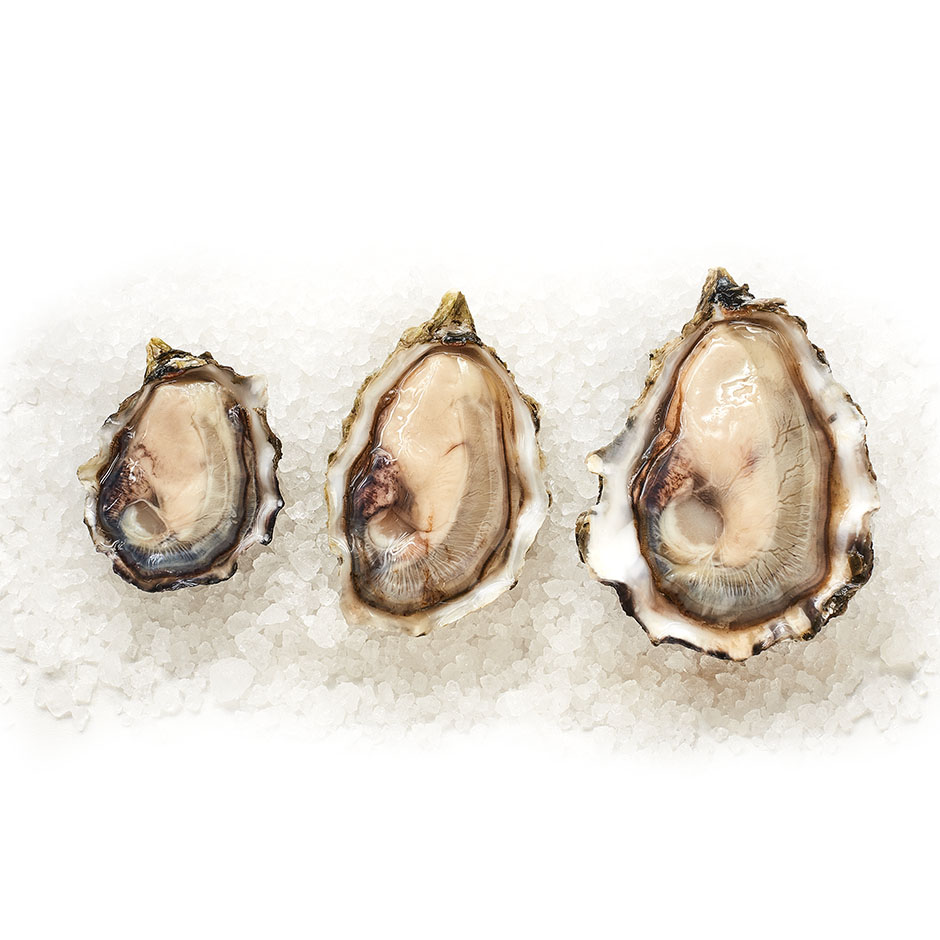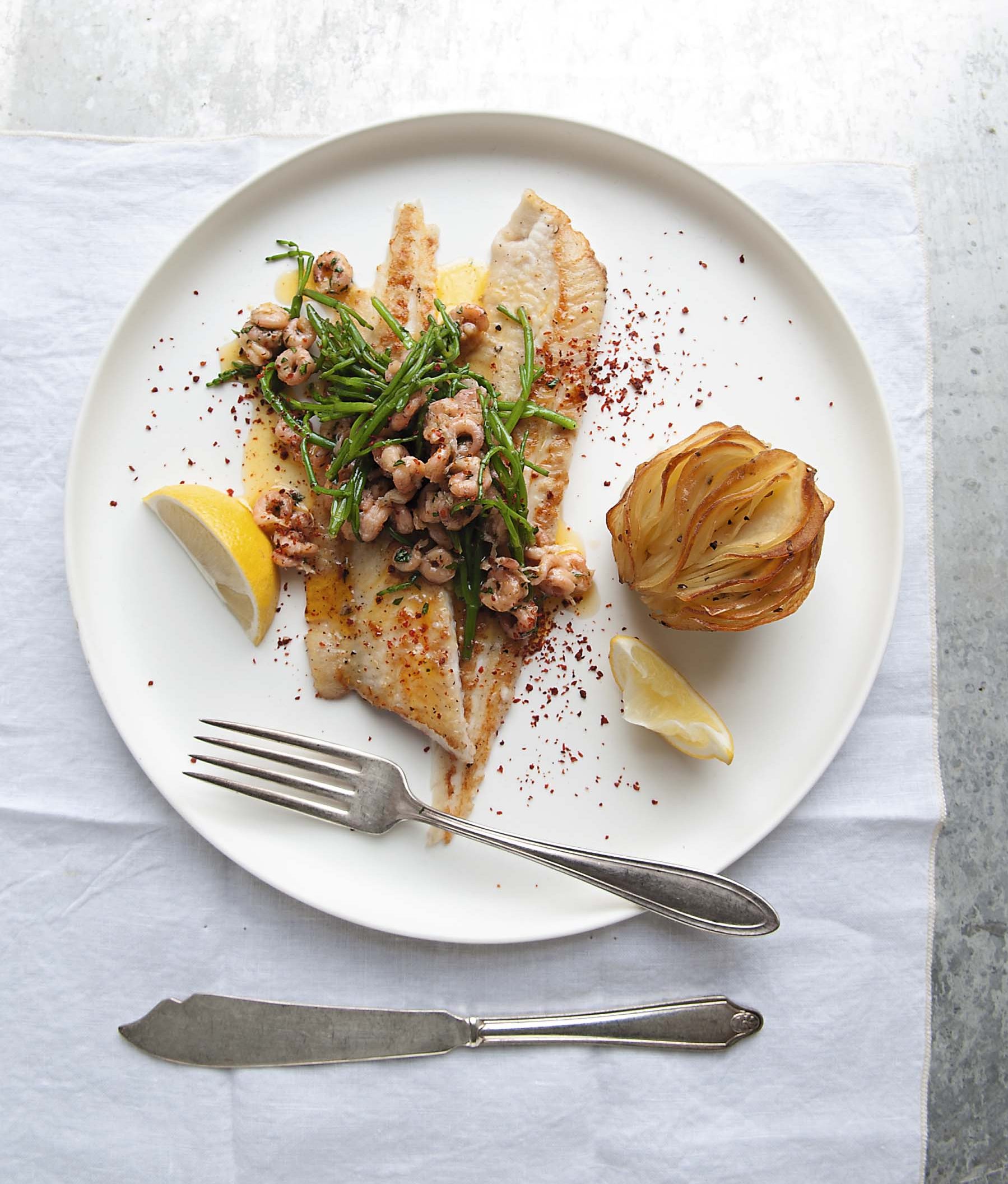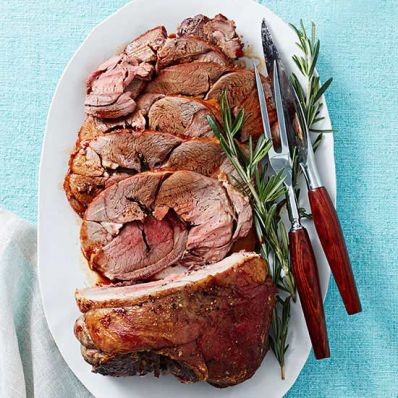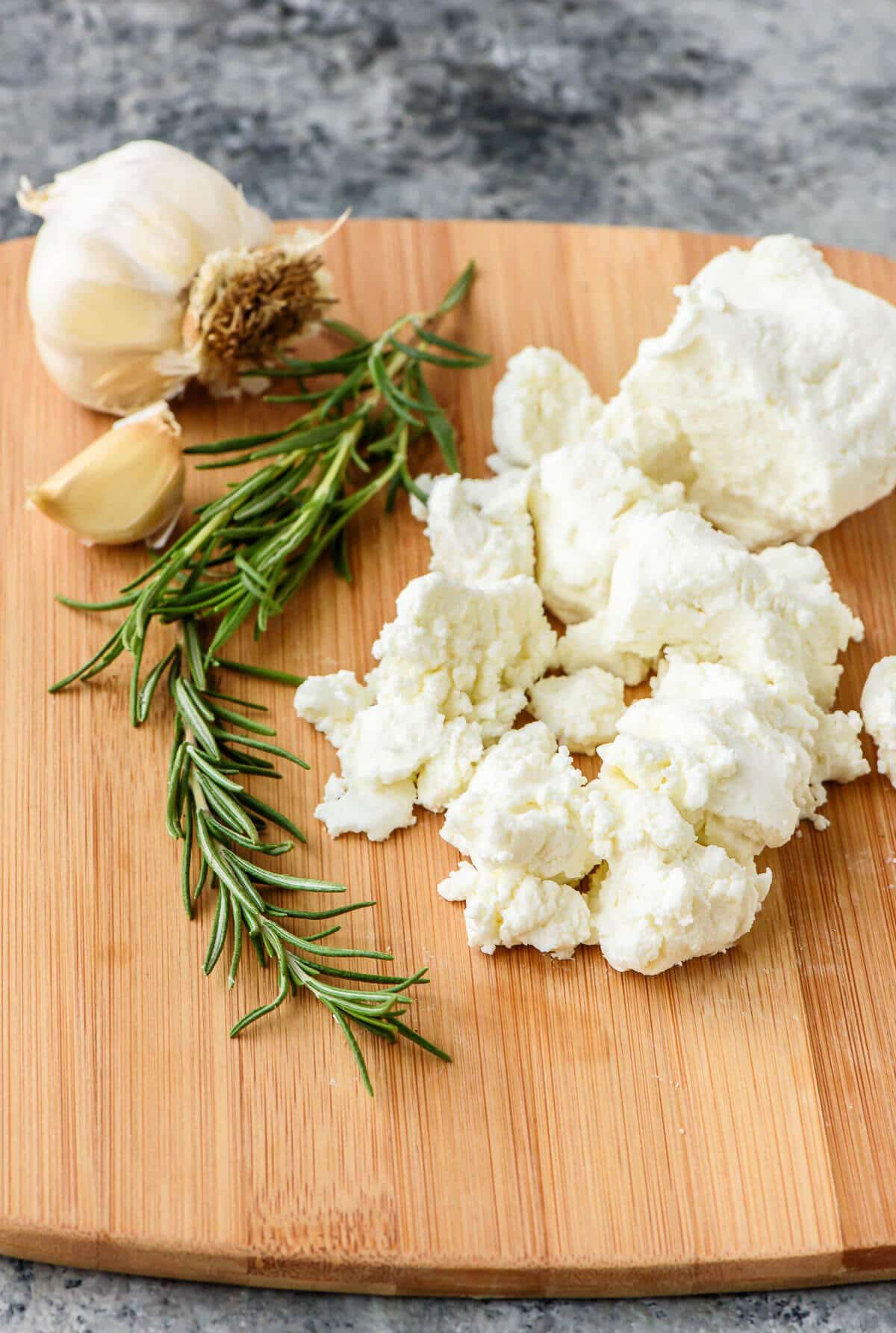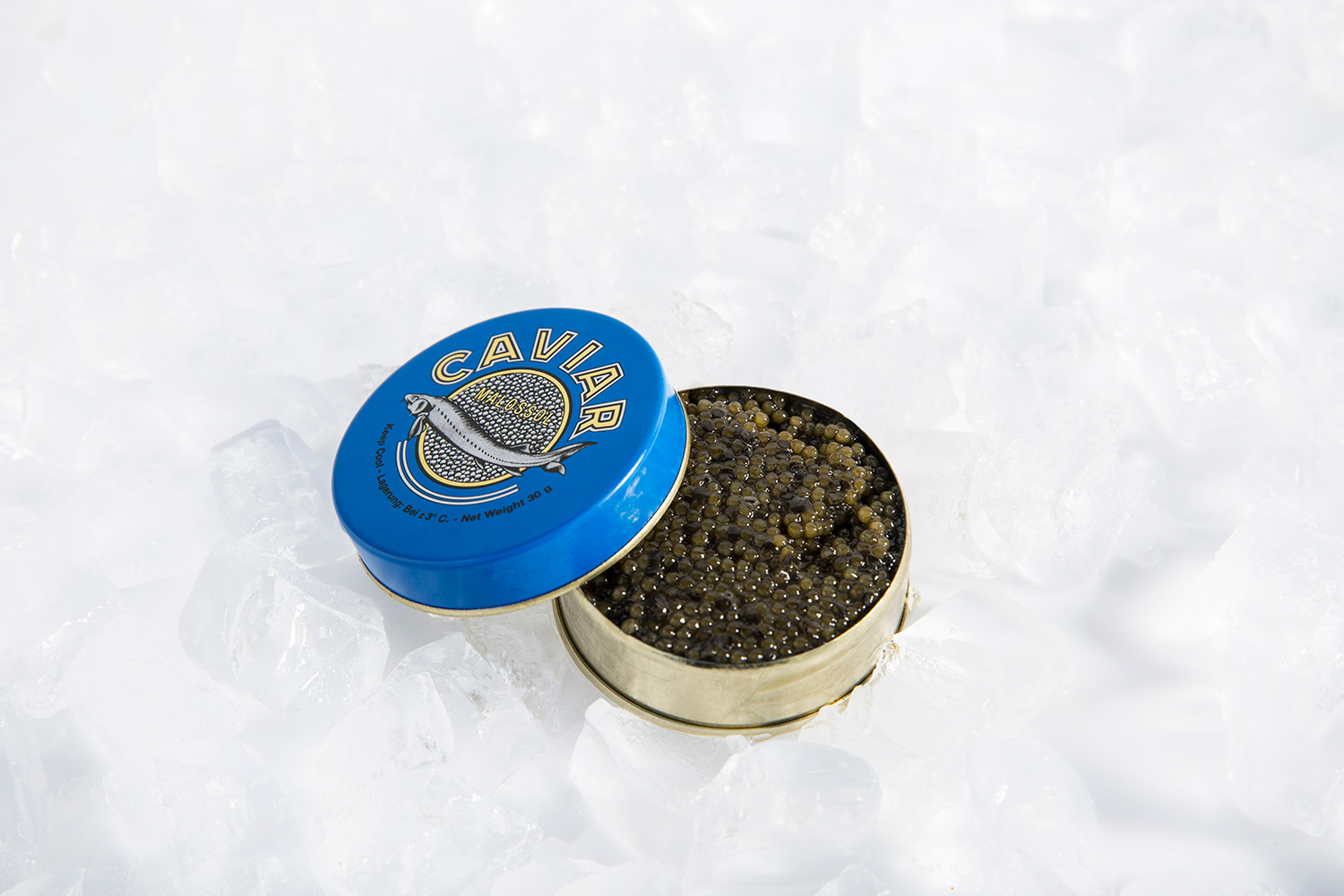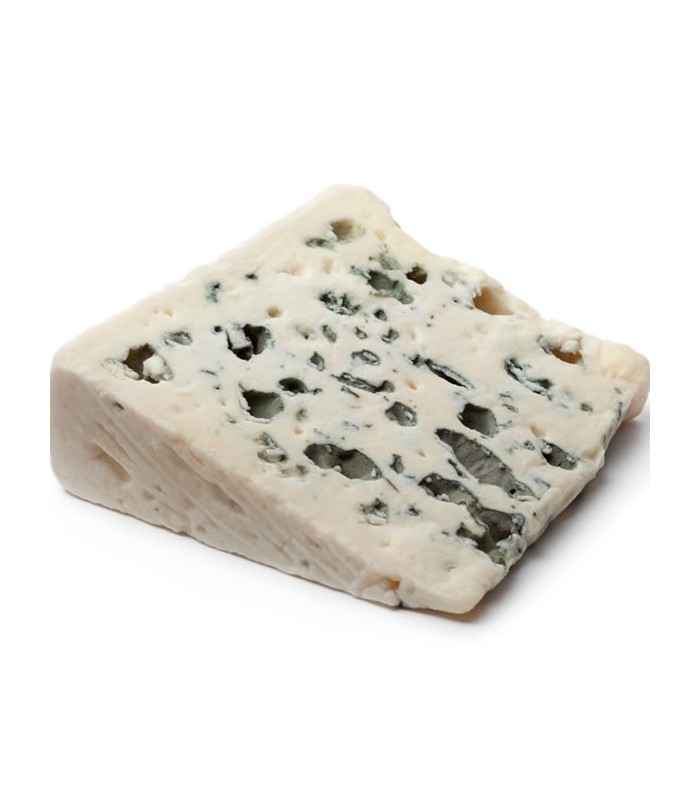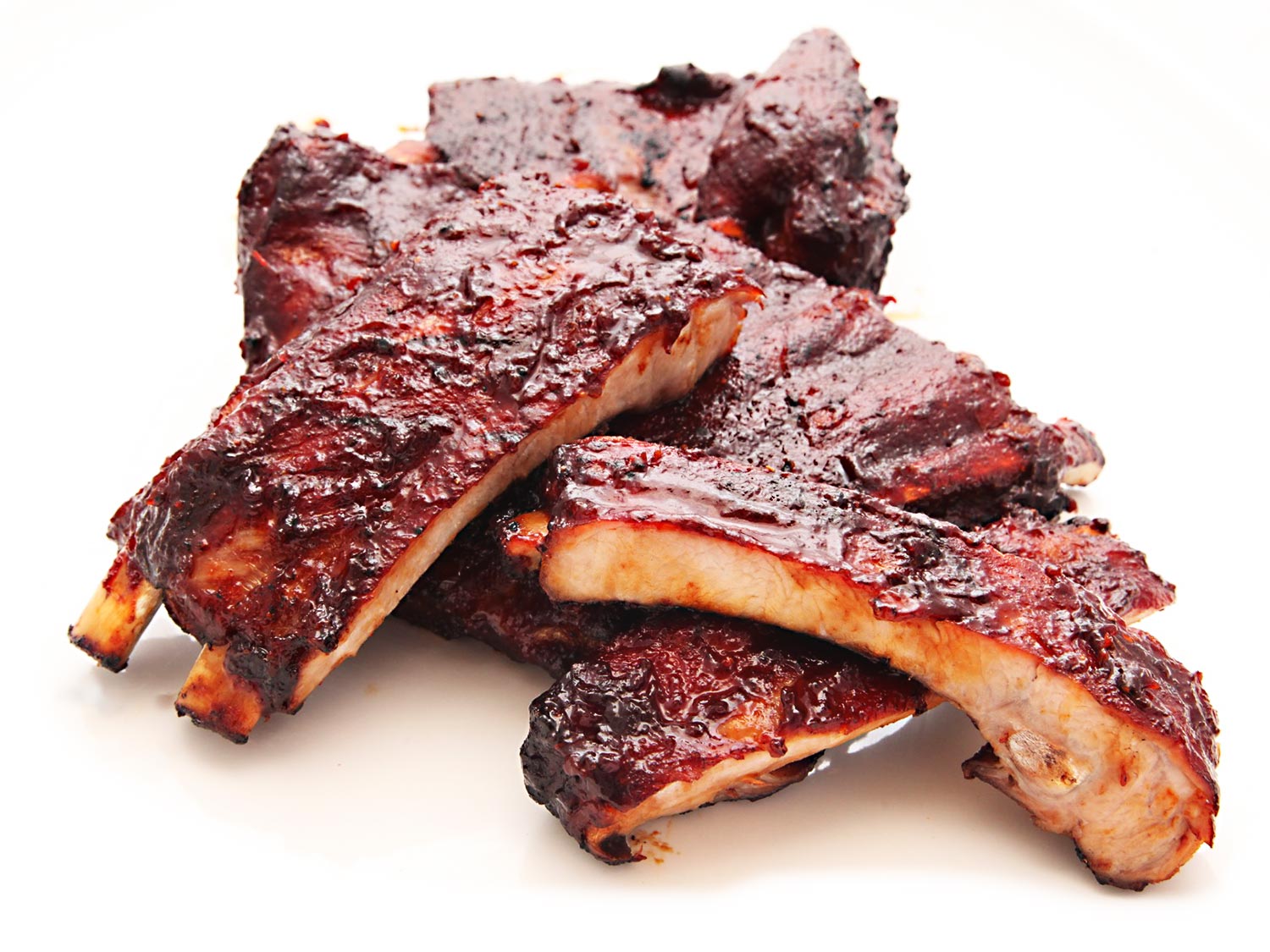By: Henry Jansen
Did you know that Food and Wine Pairing is completely subjective!? For instance, people who eat spicy food experience wine in a completely different way than someone who eats pasta and potatoes!
From here on out, we are going to break down the different components that contribute to the glorious combination that is Food and Wine.
The TONGUE
Each section of the tongue has taste buds of different intensities.
–The tip senses sweetness = fruit, alcohol, sugar
–The front sides sense salt
–The back sides sense acid
–And very back is very bitter
The palate is located at top of mouth close to throat, this area is sensitive and connects to the nasal cavity...
The NOSE
The nose is very sensitive in picking out minute differences in aroma. Aromas are triggered by nose and brain connecting to memory and more senses you sense in a day the more you build up in memory bank!
AROMA is very important.
What we perceive as tastes are really aromas: floral, fruits, nuts, vegetables, spice, herbs, roasted flavors, animal and alcohol are all actually aromas.
THE SENSES
Sweet, Bitter, Sour senses are found in both food and wine whereas the sensations that are hot and salty come from food,
The 6th sense-UNAMI! (found in food and wine)
UNAMI: “Delicious” or “Savory”
Found in foods with high protein such as aged meats, shitake mushrooms, dried seaweed, shellfish, raw seafood, soy sauce & tomatoes. Unami is related to spiritual sense: “feeling of perfect quality in a taste or some special emotional circumstance”.
Sweet and Unami are the only senses that are perceived as pleasant.These senses can have adverse affects on wine, making wines more tannic, bitter or metallic tasting.
A HISTORY LESSON
Food and wine goes back centuries, in modern times it has become much trendier.
1928 - Escoffer wrote that red meat and Burgundy should be paired, as Champagne with entremets.
1931 - Micheline Guide recommended wines with dishes.
1939 - A systematic approach by Pierre Andrieu paired wine with the evolution of the meal
Old Systematic Approach: Red Wine with red Meat and White Wine with Fish.
MARRIAGES MADE IN HEAVEN
“The marriages between two exceptional beings are as
rare in gastronomy as they are in life.”
Marc Meneau
‘Larousse des Vins et Vignobles de France’
Systematic Method (Course wine)
Dry before Sweet
White before Red
Young before Old
Simple before Complex
Light before Heavy
Exceptions: Foie gras with Sauternes



